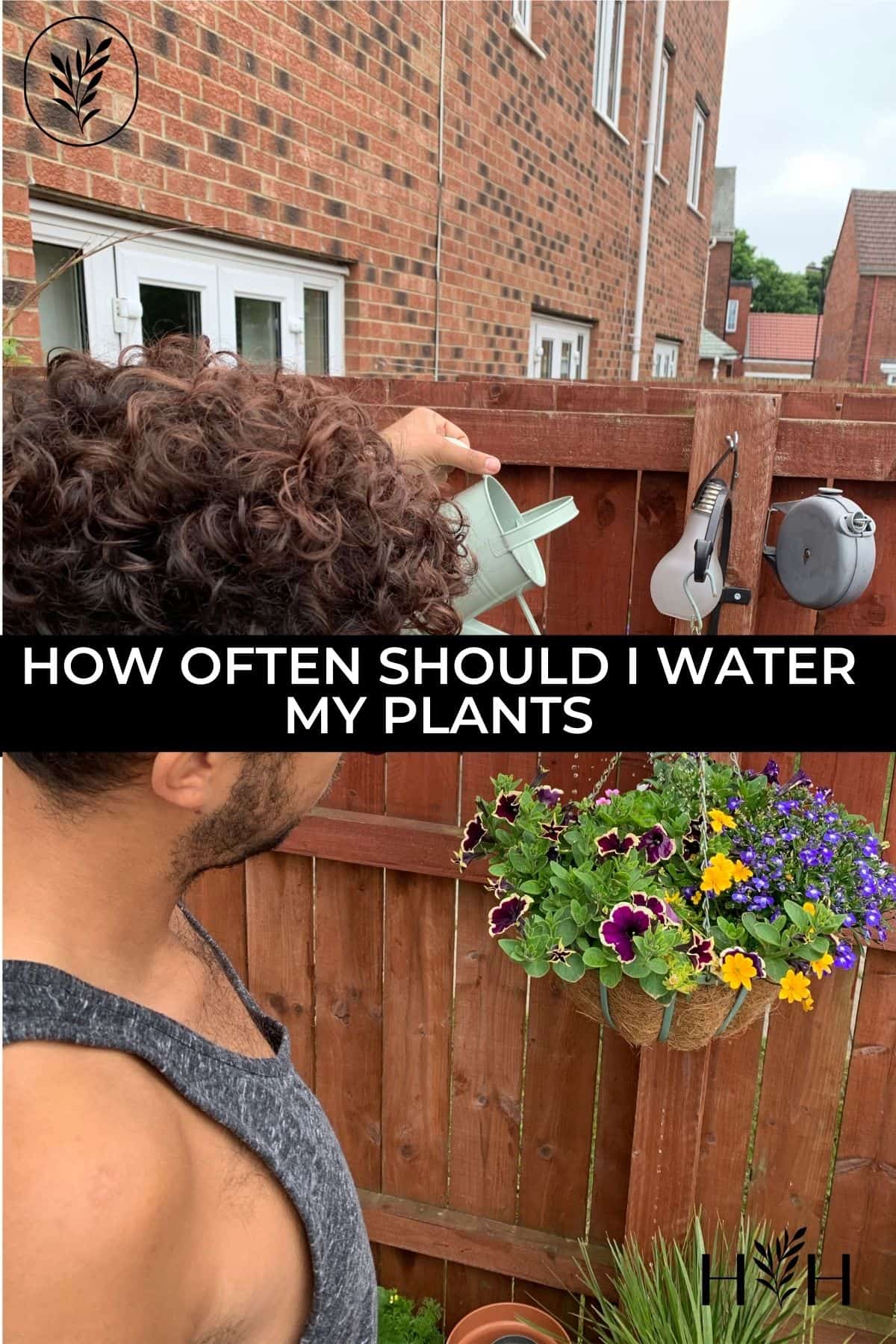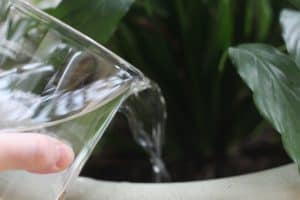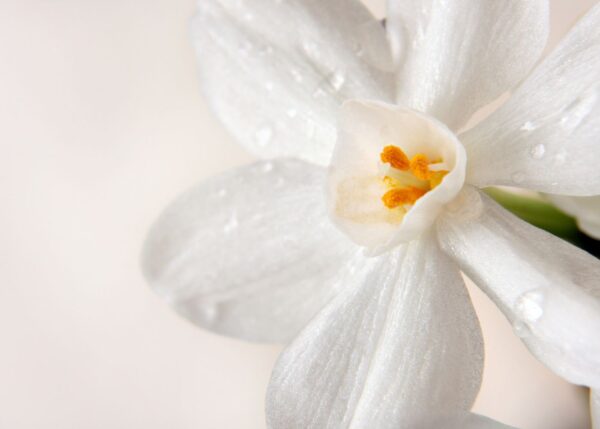It’s a common question among plant owners: How often should I water my plants?
After all, many people have taken a beautiful plant home from the store and ultimately claimed defeat. That once colorful, vibrant, captivating plant you purchased is now wilting, brown and yellow, or possibly beyond hope. This pattern leads people to think they’re “bad plant parents,” when in reality, they’re just not sure what type of plant parent they are.
Different people require different plants. Busier people should opt for low-maintenance plants, while work-from-home types could stand a more demanding plant. Each plant varies in its required water, depending on the type, season, temperature of your home, and more factors.

Understand your own scheduling needs first
Are you a busy person that leaves the house for hours of work at a time, or often travels for business? Do you work from home, or are you a stay-at-home parent?
These questions may seem irrelevant, but knowing your schedule can help you pick a plant that matches it. Somebody who stays most of the day outside of the home shouldn’t choose a high-maintenance plant that’s bound to die. Someone who’s a homebody could choose a slightly more challenging plant because they’ll be home long enough to care for it well. So, with real answers to those questions in mind, it’s time to . . .
Buy plants according to their watering requirements
Based on your schedule, the following plants might be best for you.
Low-maintenance plants for busy types include:
- Pothos
- Snake Plant
- Jade Plant
- Chinese Money Plant
- Spider Plant
High-maintenance plants for those who stay at home include:
- Carnivorous Plants
- Fiddle Leaf Fig
- Bird’s Nest Fern
Know ready-to-water soil . . .
If you had to choose between one or the other—overwatering and under-watering—under-watering is arguably easier to recover from (although they’re both not great).
An overwatered plant will suffer from root rot, which is a death sentence! Overwatered plants essentially drown, making it impossible to bring them back to life. Sometimes, an under-watered plant can be nurtured back to health.
With this in mind, you can test your soil before you water your plants, even if you have a pretty strict watering schedule. Perhaps the weather has changed, and your plants no longer need bi-weekly watering. You’ll know this by observing and feeling the soil.
Ready-to-water soil is dry on the surface and below it. Stick your finger about an inch into the soil before watering. The top might be dry, while the underneath is moist. If that’s the case, your plant could skip a watering session (for now); if the underneath is dry, too, it’s time to water!
. . . And be able to spot bad soil
Similarly, it would be best if you learned when soil is too wet and needs a break.
If you see puddles of water, overly-moist potting mix, or even brown, wilted leaves on your plant, it’s likely been overwatered.
If that happens, the best thing you can do is skip a watering session. In severe cases, you may want to repot your plant, giving it new, fresh, dry soil. A smart potting mix—using 50% perlite, for example, or placing rocks at the bottom of your container to absorb any excess—can help you avoid drowning your precious plants.
Learn the general types of plants
It only makes sense that different types of plants require different watering schedules. Some plants can go weeks or even a month without water. In addition to species, the weather, seasons, placement of the plant (indoor or out; near a window or not), and other factors can affect its watering schedule.
In general, many plants thrive on a weekly watering basis. However, that’s not the case for all of them. When you purchase any plant, you should be able to research its preferred lighting, water, soil mixture, and more; some plants even come with inserts that explain all this.
Are you a cactus, succulent, or flowering plant person?
These are general guidelines for watering cacti, succulents, and flowering plants. Always take care to research a particular type before adhering to this advice!
Cactus: Most types of cactus can stand watering about once per week. As always, it’s imperative to have well-draining soil to avoid root rot. During colder-weather months, you may be able to reduce your watering to once every two to three weeks.
Succulents: Succulents are so varied that there’s no set schedule for them! Wait until your succulent soil is bone dry before you water it. Succulents can sometimes thrive off watering every two to three weeks on average.
Flowering plants: Water flowering plants about two to three times a week. If they’re established, or you live in a dry region, you may be able to spread out your watering to once a week.
Never ask “how often should I water my plants?” again
Much of plant caretaking is intuitive. Just like people and snowflakes, no two plants are the same. They require unique love, light, soil, pots, watering, and more, and each of them is a little different from the other, requiring you to truly get to know them.
So, observe your plants, learn their genus and species, watch for signs, and move forward instinctually! Give yourself some credit. Soon, you’ll be the plant connoisseur in your friend group, answering their questions of, “How often should I water my plants, exactly? What do you recommend?”
Resources
- My Favorite Tools For Caring For Houseplants
- Houseplant Propagation Guides
- Visit My Shop
- Follow My Houseplant Board on Pinterest









